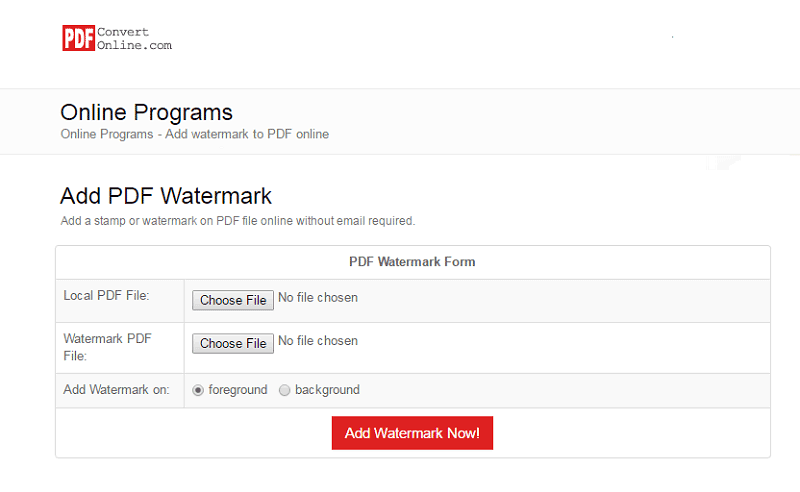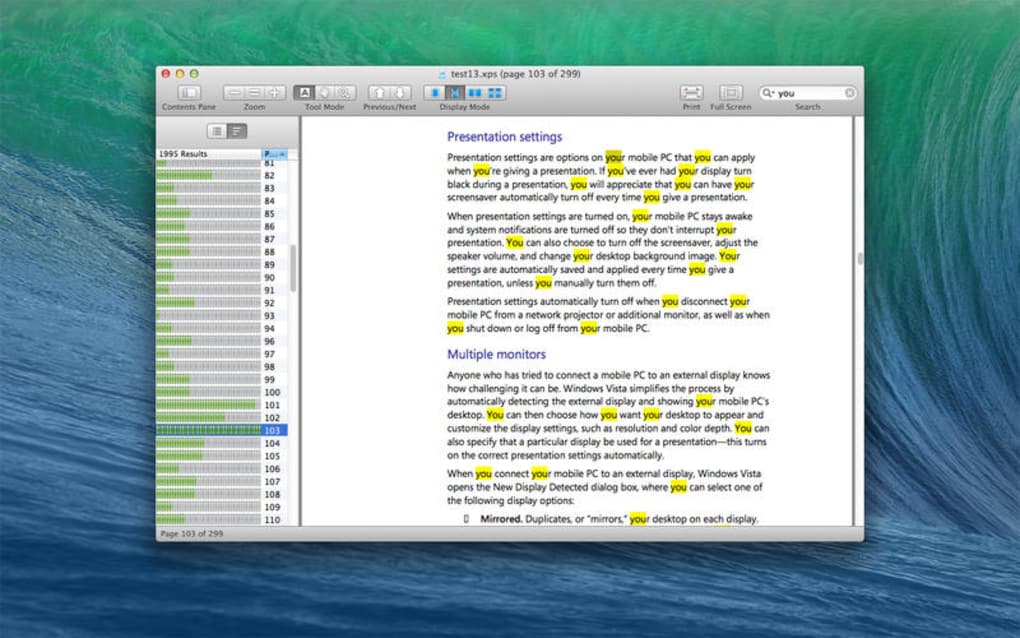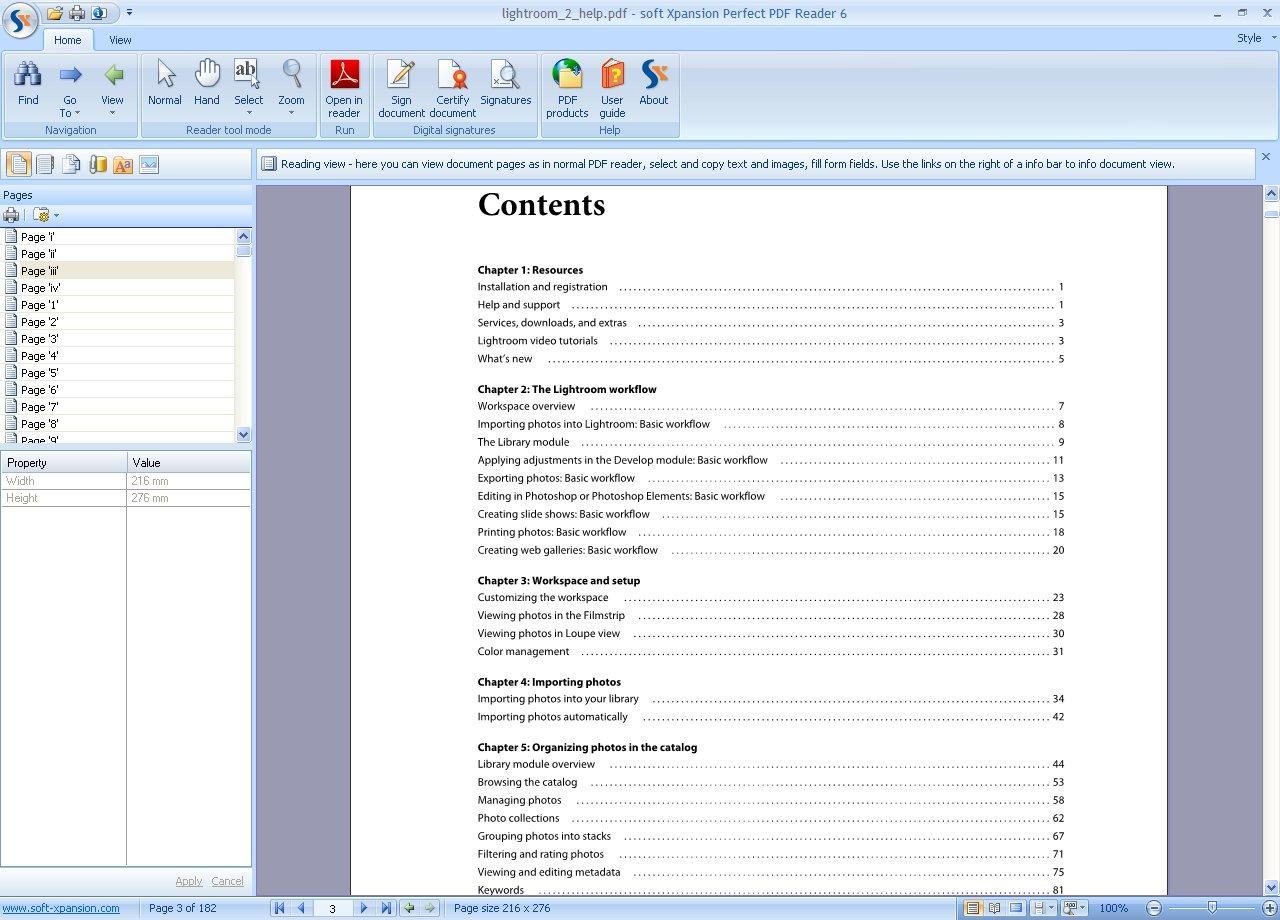
- ADOBE READER XPS TO PDF FOR FREE
- ADOBE READER XPS TO PDF PDF
- ADOBE READER XPS TO PDF DRIVERS
- ADOBE READER XPS TO PDF PORTABLE
If this description of XPS seems oddly familiar, that’s because the concept of a zipped XML package went on to be made into the basis for the new file formats for Office 2007, while its basic premise of using a file format that will look exactly the same when printed or displayed on any printer or screen is essentially the idea behind Adobe’s PDF. Windows Vista will employ XPS as its native print and spool file format, and XPS support can be retrofitted to Windows XP machines through the Win FX package that’s currently being beta tested. XPS doesn’t include all the bells and whistles such as highlighting or forms, but it does store its data as XML files inside a compressed ZIP package to reduce their size. Any XPS format document can be rendered on any printer through the appropriate printer driver, or onscreen via an XPS file viewer. Metro eventually became XPS (XML Paper Specification) and is, like PDF, also a final-format document specification.
ADOBE READER XPS TO PDF DRIVERS
For Windows Vista, Microsoft decided it would entirely re-engineer the way printer drivers and print queues work, and hence the project codenamed Metro was born.
ADOBE READER XPS TO PDF PDF
The PDF itself has grown over the years to incorporate features such as forms handling, highlighting, comments and more, and both the full Acrobat program and the free Reader have also grown by the addition of bells and whistles that make them bigger and more unwieldy to work with. These may not have all the functions of Adobe Acrobat, but they’re much cheaper and don’t crash Office nearly so often.

There are many third-party applications, a lot of them available for free, that can add Export to PDF or Print to PDF functions to Office and other applications. Acrobat itself may indeed work well, but the menus and toolbars that it shoves into Office applications are so badly written that they can crash the application, or interfere with unrelated functions and applications even when you’re not using them.

When you buy the standard or professional version of Adobe Acrobat in order to be able to create PDF files, you’re shelling out more than £250 per user, for which sum you might expect well-written software. Users of Microsoft Office have been asking for Export to PDF to be built into the applications for quite some time now, partly because it’s easier when something is a built-in feature as opposed to having to download an add-in, but mostly because Adobe’s own integration with Microsoft Office is – and always has been – utterly crap. Some of them used Adobe’s own code and others didn’t.

More than 1,200 companies have built solutions that create, view or edit PDF files, many of which are in direct competition with Adobe’s own Acrobat product. The firm will even, for a fee, license you to use some of its own code (the PDF Library) to assist in writing such applications, although of course you can write all your own code if you want to – complying with the PDF specification isn’t trivial, but it’s not beyond the capabilities of a good programming team. Back then, the only way to create PDF files was to buy Acrobat from Adobe, which provided a revenue stream for the company – the more people who could read PDF files, the more PDF files they would create and so more copies of Acrobat would be sold.Īdobe collaborated with ANSI (the American National Standards Institute) to publish a standard definition of the PDF specification in 1999, and since that time Adobe has allowed anyone and everyone to write applications that create, open or manipulate PDF documents.
ADOBE READER XPS TO PDF FOR FREE
Adobe invented PDF back in 1992 and started distributing its Acrobat Reader for free in 1994.

ADOBE READER XPS TO PDF PORTABLE
Portable Document Format (PDF) is Adobe’s final-format document specification – it describes the exact visual representation of a document as marks on a page, and so isn’t designed to be editable, just to look the same whether on screen or on paper.


 0 kommentar(er)
0 kommentar(er)
